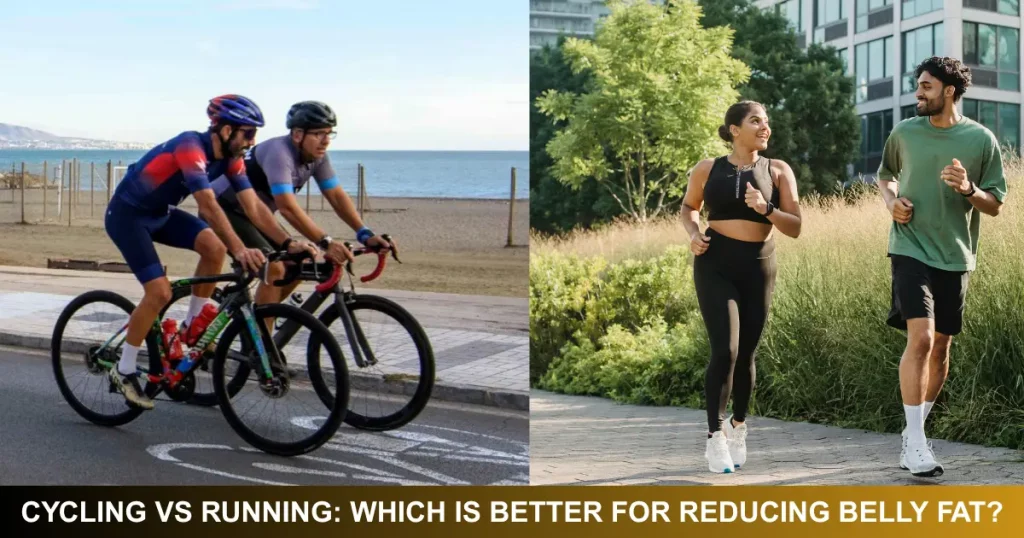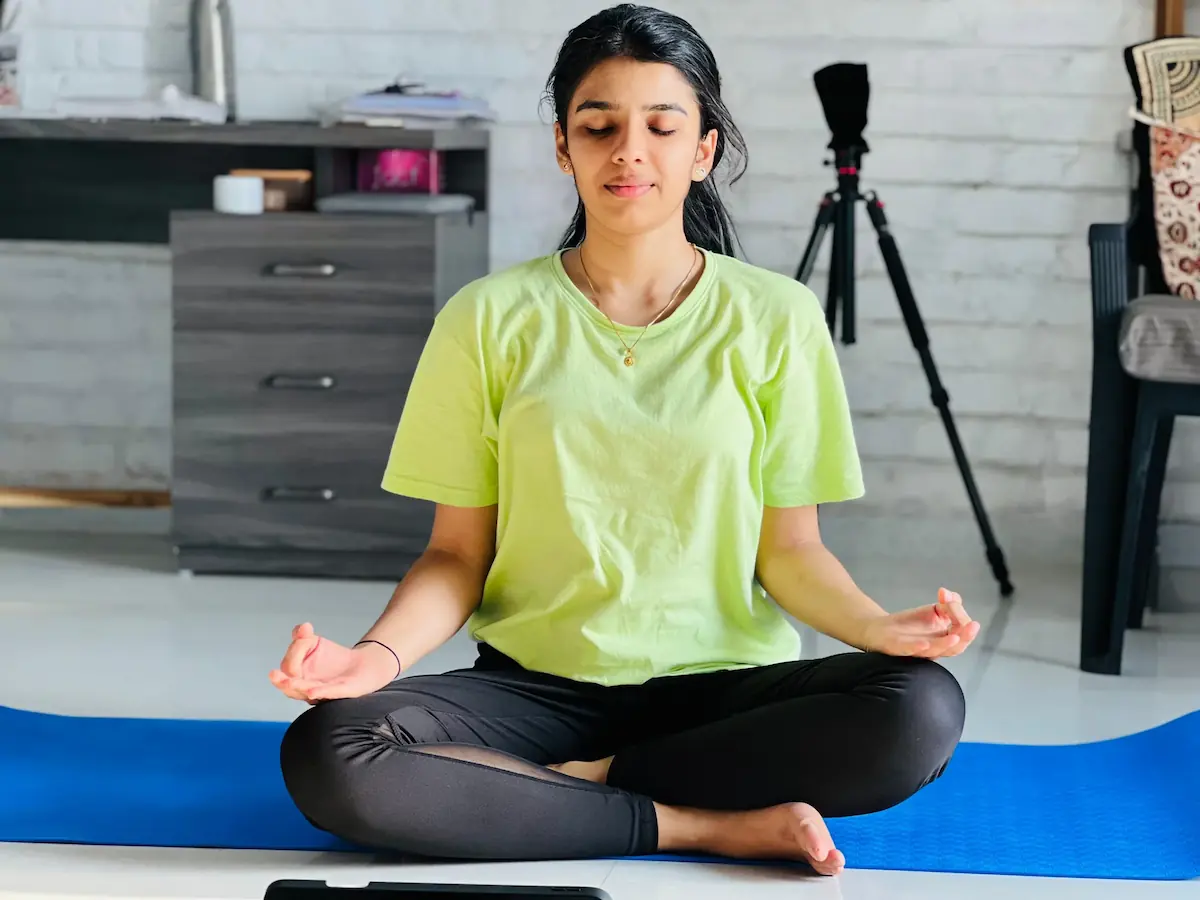If you’re looking to shed unwanted belly fat, two of the most popular cardio exercises cycling and running are often debated for their effectiveness. Both activities help you burn calories and improve your cardiovascular health. But when it comes to reducing belly fat specifically, is one better than the other? Let’s break down the benefits, compare their effects on belly fat, and answer some frequently asked questions to help you decide which workout fits your goals.

Why Is Reducing Belly Fat Important?
Belly fat, known as visceral fat, accumulates around your abdominal organs. It’s not just a matter of appearance excess belly fat increases the risk of serious health conditions like heart disease and diabetes. If you notice your waistline growing, it may be time to adopt healthier habits, including diet modifications and regular physical activity. Cardio exercises such as cycling and running are especially helpful for overall fat reduction, including the belly area.
Benefits of Cycling
Cycling is a low-impact, high-reward exercise with several health benefits:
- Boosts Heart Health: Cycling elevates your heart rate, which improves blood circulation and oxygen flow. It can increase good (HDL) cholesterol and reduce bad (LDL) cholesterol and triglycerides, helping lower your risk of heart disease.
- Effective for Weight Loss: You can burn at least 300 calories per hour while cycling at a moderate pace. When paired with a proper diet, this calorie burn contributes to overall fat (including belly fat) loss.
- Strengthens Leg Muscles: Cycling targets the thighs, glutes, hamstrings, and calves. Greater resistance or uphill cycling engages leg muscles more deeply, promoting muscle growth and endurance.
- Easy on the Joints: As a low-impact activity, cycling puts minimal stress on the knees and ankles making it perfect for people who are overweight or have joint pain. Studies have shown cyclists have fewer issues with chronic knee pain.
- Promotes Physical Endurance: Because it’s less taxing on the body, longer cycling sessions are achievable, helping you burn more calories over time.
Benefits of Running
Running is a classic high-intensity cardio workout, offering these benefits:
- Significant Weight Loss: Running can burn about 400 calories or more per hour depending on intensity and your body weight. Long-term studies show that consistent runners lose more fat mass even more when combined with dietary changes.
- Strengthens the Heart: Running quickly raises your heart rate, strengthening the heart muscle, improving blood pressure, and increasing lung capacity.
- Improves Bone Density: The impact of running creates micro-stresses on your bones, prompting your body to make them stronger particularly in the legs and hips.
- Tones & Builds Muscles: Running sculpts your legs and core. Quads, hamstrings, calves, and abdominal muscles all get a workout with every stride.
- Increases Metabolic Rate: High-intensity running speeds up your metabolism, helping burn more calories even after your workout.
Cycling vs Running for Belly Fat Reduction
Both cycling and running are excellent at burning calories and promoting fat loss across your body—including belly fat. Research indicates that both activities reduce overall body fat, including abdominal fat, in overweight or obese individuals.
- Running:
- Burns more calories per session.
- Builds cardio fitness faster.
- Engages the whole body but can stress knees and ankles.
- Cycling:
- Gentler on the joints.
- Slightly fewer calories burned per hour, but can be done for longer stretches.
- Focuses on leg and glute strength; lower injury risk for beginners.
If you’re overweight, have knee pain, or are new to fitness, cycling is a safer option to begin your fat loss journey. If you’re already active and want faster results or better cardio endurance, running is the more intense alternative. Many experts suggest combining both activities: try cycling three days a week and running two. This approach keeps your workouts enjoyable, targets various muscle groups, and reduces burnout.
How to Maximize Belly Fat Loss with Cycling and Running
For Cycling:
- Start by pushing off with one leg and cycle at a moderate pace for 30–60 minutes.
- Incorporate intervals: alternate between slow and fast pedaling.
- Aim for 4–5 bicycling sessions per week.
For Running:
- Warm up with a brisk walk and light joint stretches.
- Run at a steady pace for 20–40 minutes.
- Mix in interval training (short sprints) 1–2 times per week.
- Run 3–5 times weekly for optimal results.
Remember, cardio alone isn’t enough to target belly fat. You must also manage your calorie intake, improve your diet, prioritize quality sleep, and stay physically active throughout the day. No exercise can spot-reduce belly fat, but both cycling and running will help you lose fat everywhere including your midsection.
FAQs on Cycling vs Running for Belly Fat
1. Can running or cycling specifically target belly fat?
No. These exercises help burn overall body fat. With consistent effort and a calorie deficit, abdominal fat will decrease along with fat from other areas.
2. Which burns more calories running or cycling?
Running typically burns more calories per hour, but cycling is easier on your joints and can often be done for longer periods, resulting in similar net calorie burn.
3. Is cycling suitable for people with joint pain?
Yes. Cycling is a low-impact activity, making it ideal for those with knee or ankle pain, or for people who are overweight and want to avoid high-impact exercises.
4. How often should I cycle or run to lose belly fat?
Aim for 3–5 cardio sessions each week, each lasting at least 20–60 minutes. Consistency is key for visible results.
5. Can I do both cycling and running in my workout routine?
Absolutely! Mixing both exercises helps prevent burnout and works different muscle groups, enhancing fat loss and overall fitness.
6. Besides exercise, what else helps lose belly fat?
Maintaining a healthy, balanced diet; managing stress; getting enough sleep; and staying active throughout the day are essential for effective belly fat reduction.
By understanding the unique benefits of each exercise and integrating them into your lifestyle, you’ll be on your way to better health and a slimmer waistline. Remember, the best exercise is the one you enjoy and can stick with in the long term!

